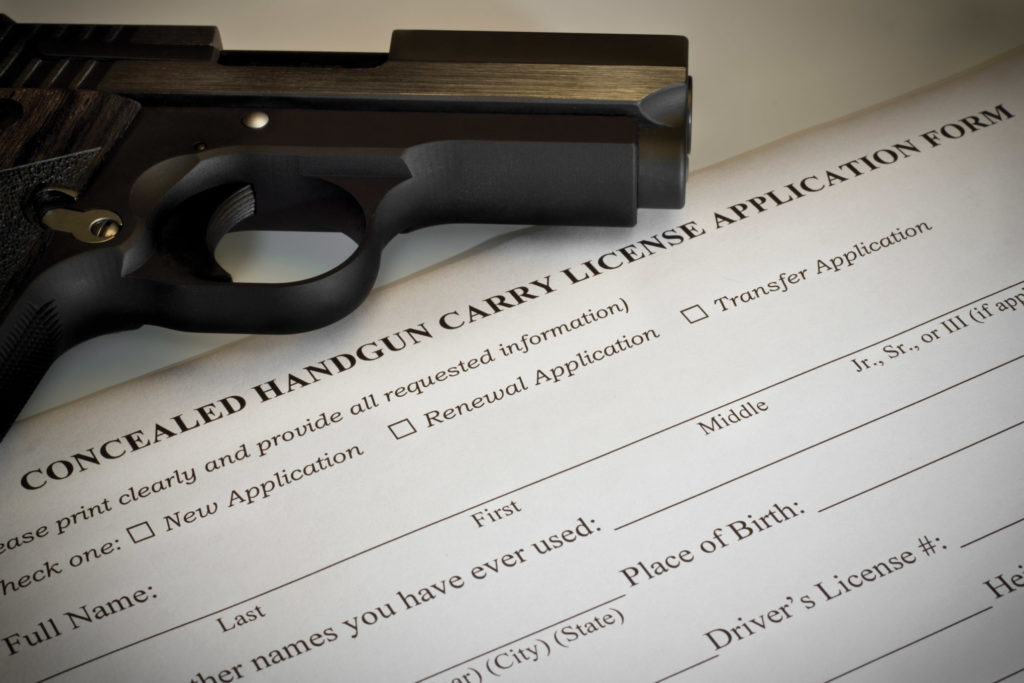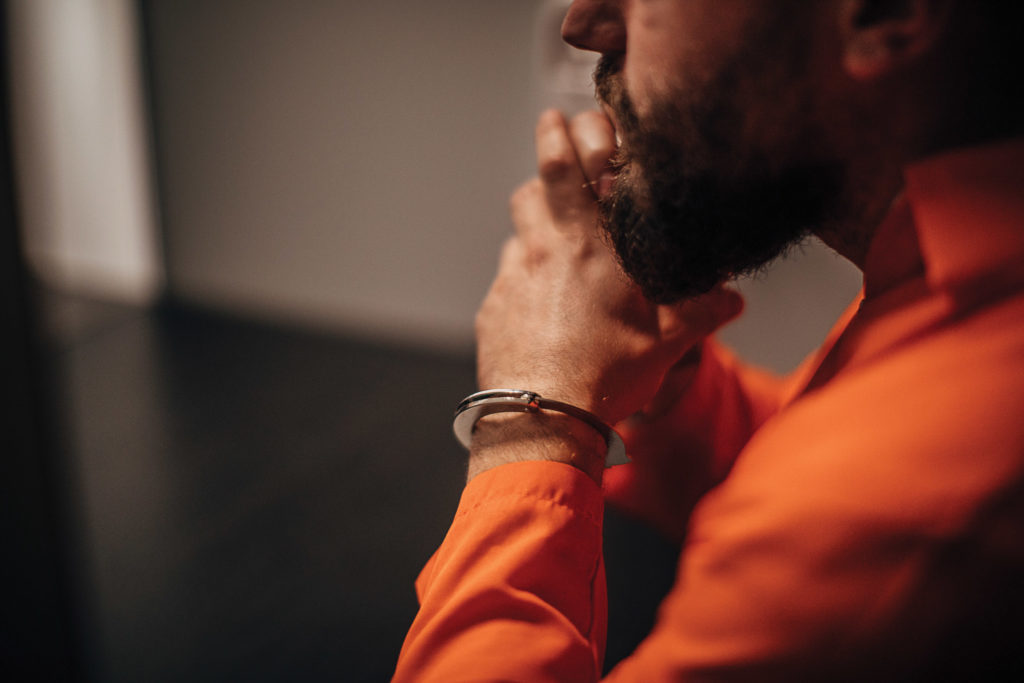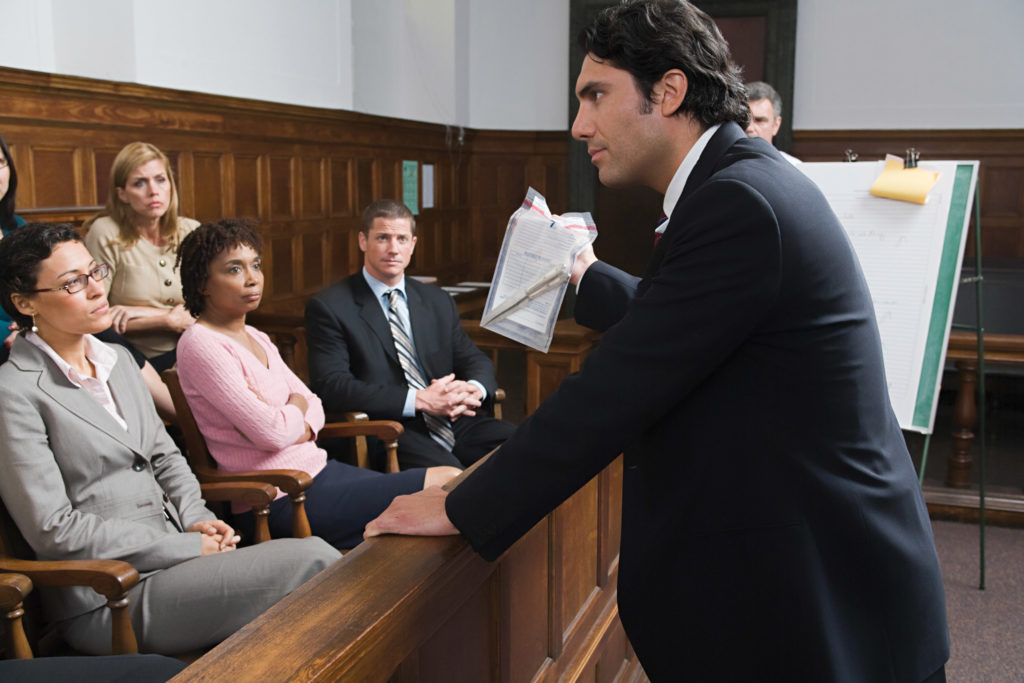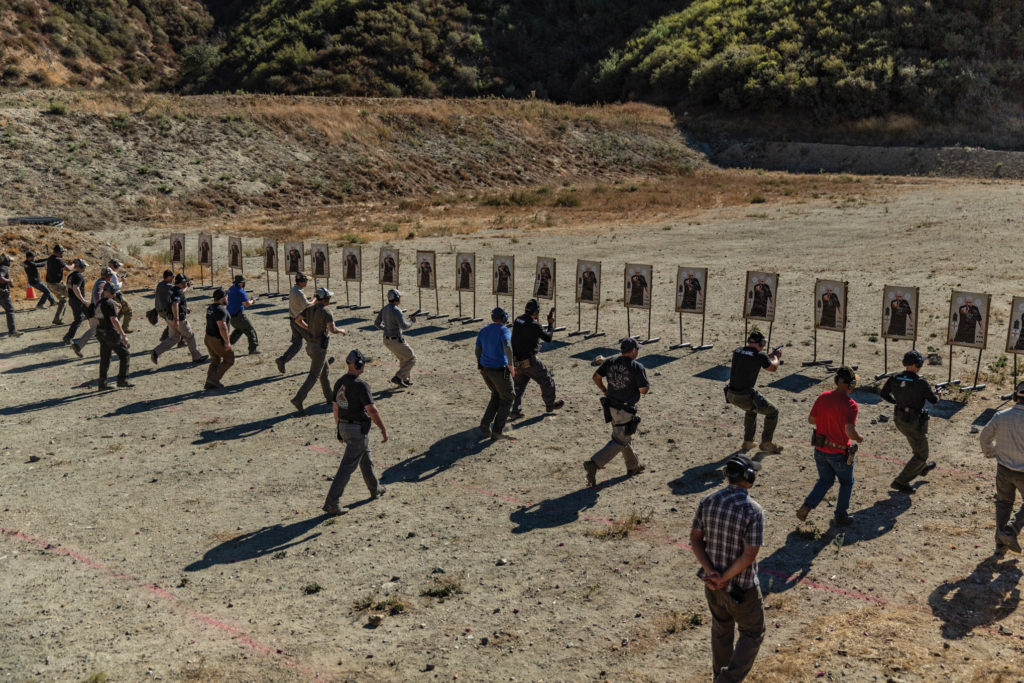Everyone longs for financial stability in their life; however, despite your best efforts, circumstances outside your control might cause the value of your assets to hit rock bottom in a matter of days, if not hours. What if such a catastrophe affected hundreds of thousands, millions, or tens of millions of people all at once? Could there be a foreseeable future where money has no value, and all that financial strategizing and planning you’d spent years on was in vain? Elections, economic sanctions, inflation, recessions, the stock market, and just plain old fear are just some of the elements that can contribute to the fluctuating value of money. Sometimes a perfect storm of those factors causes economic turmoil for months or years, as we saw in the Great Depression of the 1930s or the Great Recession of the late 2000s.
If a catastrophe caused the dollar to plummet in value, would something else become the de facto currency? After all, the true value of anything is whatever someone’s willing to pay for it. Would people trade in cryptocurrency, jewels, or precious metals until stability is restored and paper currency regains value? Or would the collateral damage of the financial world cause durable goods such as tools, guns, or survival gear to become modes of exchange, since everyone needs them? We asked a few experts how cash alternatives could come into play during a financial crisis and what form they may take.
Specifically, we picked the brains of financial consultant Sandip Sehmi, economist Dr. Chris Thornberg, economics professor Dr. Raymond Sfeir, and precious metal expert and cryptocurrency investor Chris Kahrhoff to weigh in with their thoughts. While their responses vary, they provide a baseline of recommendations to plan for such a catastrophe. Like every other aspect of survival, having an understanding of options is key to adapting to challenging circumstances.
Alternate Currencies
RECOIL OFFGRID: What are some possible alternative forms of currency if there’s a situation where cash has no value?
Chris Kahrhoff: U.S. coins were made out of precious metal up until 1964. These are coins that are 90-percent silver, so dimes and quarters because their face value represented exactly what their silver content was. So a silver quarter from that period said 25 cents, but today it’s worth about $4.50. Because it’s illegal to melt down U.S. currency, those are traded in bags where the face value will say $1,000, shorthand for saying 1,000 ounces that’s worth about $19,000. Of course these prices constantly fluctuate, so by the time your readers see this 1,000 ounces might be worth more or less than that. That kind of “junk silver,” as it’s called, I could see being traded. It’s still theoretically a quarter, but it’s ¼ ounce of silver.

These coins are very easy to find. There’s a website called APMEX, a large precious metal dealer based out of Oklahoma where you can buy junk silver in different denominations. The problem with 1-ounce silver coins is that today it’s worth whatever it’s trading for, but no one’s going to fractionalize that. That’s why I think the junk silver works for buying milk, bread, gas, or something like that. Maybe for larger purposes, a 1-ounce coin or 10-ounce ingot of silver would be used.
Money is just shorthand and a means of exchange. Someone will always want to figure out that shorthand rather than figure out whether they need 500 rounds of SS109 or 6 gallons of gas and which to trade for. People would rather use something more fungible, meaning it’s the same no matter whom you trade it to. The fungibility of silver or gold is a faster process. People will want ammo, food, and gasoline, but I still think bringing those connections together is much harder than it is to say, “I’ve got a silver coin I can exchange, and you can decide what you want to do with that coin.”
With cryptocurrency, there’s a huge amount of anonymity — some cryptocurrencies more than others. If the government wants a cashless society, crypto represents sort of a middle finger to that thought process. It removes itself from that control. Crypto does work in a grid-down type of situation. You can do cryptocurrency transactions over a mesh network. People have sent Bitcoin over HAM radio. I don’t know the particulars of that, but they’ve accommodated these transactions outside the normal internet. It’s still viable as a transaction. Does it take longer? Yes. If you want to move large or small sums of money you can divide that Bitcoin into one-hundred-millionth of a Bitcoin, so whatever kind of micro-payments you want to make, you can do. Recently someone moved $1 billion in Bitcoin from one address to another; it cost them $700, and it happened in 10 minutes. You can’t do that with real cash or gold. With the weight, logistics, and security involved, it’s substantially more difficult.

Sandip Sehmi: I was recently in the Ukraine and Italy where there are serious concerns about the economy. There is a lot of talk about “black money,” which is cash income that is not reported for taxes. They use this money for daily expenses like groceries, gas, and restaurants instead of credit cards because The government is going above and beyond to track incomes. They even started looking at credit card statements to see what people are spending to see if it coincides with their reported income. They’re doing these deep dives into people’s finances and then arbitrarily assessing them with taxes.
There’s also the question of what causes a financial disaster and how that factors into what’s valuable. Look at it this way, don’t you feel more confident with a couple hundred bucks in your pocket than a credit card? If the currency collapses from something like a massive cyberattack and your virtual bank accounts are wiped out, or access is frozen and no one is sure how much money you have, then cash in hand is better than anything else. What if ammo is readily available and people just don’t have money to buy it because their bank accounts appear to be empty, and there’s no current physical log to show recent account status? Again, cash is best.
If you have a diamond and no one has cash to pay for it, what good is it? If you’re sitting on a stockpile of clean water and no one else has it, all of a sudden you’re one of the richest people in the country. But how do people pay you if there’s no money to pay you with? Are you going to accept service for payment? There are so many variables to consider.
If you’re in a situation where the problem is localized and you’re trying to leave a country where there’s financial instability, you want to have something portable. The most portable asset is probably cryptocurrency. It’s available anywhere there’s an internet connection. If you had $1 million in cash, it’d be much more difficult to transport physically than a few diamonds, but how likely are you to walk around with pockets full of diamonds? You’d have to find someone who’d buy them and then provide certificates proving their authenticity. And if you need a loaf of bread, you’re not going to chip off a sliver of diamond to buy it.
I think a lot of it comes back down to diversification and not having all of your assets in any one particular type of currency. If things are bad and you have a $10,000 diamond that you’re desperate to get rid of in exchange for cash, people are going to smell the fear on you and might only offer you $2,000. At least you know what you have with cash.
Raymond Sfeir: Historically, people move to buy gold or some fund that trades in gold. This way if prices go up and the currency is going down, they don’t lose value. They’re not buying gold itself and storing it at home, just buying shares in companies. That’s one way. Lately with what’s going on here, the gold prices went up. Many people invest in funds that trade in gold, but in most cases around the world, whenever a currency depreciates, the people of the country try to buy a foreign currency where the inflation rate is not high.

The best example is what’s happening in Venezuela lately. The bolívar depreciated a lot. Last year, some estimated the inflation rate to be 1.6 million percent. So, what did people do there? If you had the money, some invested it outside the country if they could. Many started buying dollars, euros, yen, any foreign currency that kept its value. This is mainly what people do when there’s inflation, and the currency in their country has depreciated very fast. Just to get some other currency, vendors selling stuff also tried to create prices on their goods in foreign currency. When anyone receives money in their own currency and it’s depreciating enough, they tend to get rid of it as quickly as possible.
If someone sells something in Venezuela for $10 million bolívars, they try to use that currency immediately and buy something else, something physical. It could be anything, not necessarily anything major. By doing so, the velocity of the money increases — how often the currency is used for a period of time. When people plan to get rid of the currency, money turns over quicker and the currency depreciates even faster. That’s what’s happening now. When people get any amount of bolívars, they try to get rid of it, by buying dollars or buying something else. This is basically how people behave whenever you have a high inflation rate.
As far as a cyberattack on the financial system, we’ve had cyberattacks, but they didn’t impact our economy very much. If something happened on a larger scale where people lose confidence in the currency they have, they would also have to lose confidence in other currencies as well, so it’s really disastrous in that sense. In that case, you go to physical goods. You just try to get rid of any currency you have and no longer accept it as payment for selling something, which would make it depreciate even faster. You try to hold onto physical goods. Some people may buy canned goods if they feel the situation is very dire and they’re going to run out of food. I don’t know if anyone would start thinking about buying real estate. It’s probably too late at that point.
Yes, you can buy gold. Obviously, there’s not really gold or silver coins in circulation like there were hundreds of years ago. The reason they used gold is because it was used in jewelry, so it had value to the people other than for trading goods. If they didn’t want to trade their goods, they could always use it, sell it, and get jewelry for it. When you lose confidence in the currency, you just go to physical goods if you can, or other currencies that are not depreciating.
Chris Thornberg: In the book Money Mischief by Milton Friedman, one of the things he talks about is the history of money and what money is. Once you get into the definition of what money actually is, you have a better sense of what can be money in some post-apocalyptic setting where banking systems have collapsed. In general we know that people are better off in a world where they can trade with one another. The most basic form of trade is barter — simply exchanging something you have for something they have. But barter has a fundamental limitation inasmuch as it can only work if two people both have something the other person wants. “Money” in its primal form is nothing more than a commodity that is kept on a person for the sheer reason that most, if not all, people would want it. As such, our clever trader will always have something to barter.
If you’re a caveman and some guys come along with a few new spear points and you really need one, the question is what you trade for it. It really depends on what you have on you. Because of the nature of barter, it depends on your having what the other person wants. A lot of times there could be a potential transaction, but the available inventory prevents that transaction from happening, so the next step becomes asking yourself what you can carry with you that anyone might want. In other words, what is a product? What can you keep in your pocket that you know most anyone would want? Even if they don’t want it, you can give it to someone else for something you do want. What qualifies as “money” is something that is highly desired and reasonably easy to carry around with you. This is a just a product, but that product can take on a life of its own. It starts out being something people know is an easily traded product, but rapidly turns into “money.”
Everyone always thinks of gold. Right now, people are talking about how the price of it is up in this uncertain environment we’re in, and the gold standard, and whatnot. Gold is just reasonably shiny, but very soft metal for most uses. So, it doesn’t really have a lot of true use from a global perspective, but it was desired because it has value from an ornamental perspective. People were carrying around pieces of gold because you could use it yourself or give it to someone who wanted it. One of the earliest forms of money was cowrie shells. There’s evidence of them being found far inland at the tops of mountains being carried around by people a long, long time ago.

When you ask what people should do when there’s no more money, to me, money will create itself. Societies that are cut off from the normal forms of monetary economies quickly adopt one.
In Money Mischief, Friedman described WWII prisoner camps. They didn’t have access to money, so what became the de facto currency in those camps was cigarettes.
Most everyone smoked and, even if they didn’t, they knew someone who did. It was an easily tradeable, small product that you knew you could unload somewhere. Very quickly, it took on a life of its own, and the money supply became largely driven by cigarettes and everything was priced in cigarettes.
Some of what might become the proverbial cigarettes in an economic collapse or some other disaster would depend on what the economy looks like. Things like diamonds, gold, or any metal that’s reasonably valuable will probably continue to be valuable. If things were scary enough, I could see bullets becoming a form of currency. Something might be valuable, but that’s a different conversation from what could be used as currency. Water might be valuable, but the problem is it’s too heavy. It still makes sense to stock up on those types of commodities that one will surely need, but think through anything that is reasonably dividable, because you have to make change somehow. Water is dividable, but a car isn’t. It’s got to be reasonably dividable, reasonably small, and have a reasonably wide need.
For example, let’s go back to how bullets could be a commodity. If we’re in a world where self-protection and hunting is going to become important, bullets make sense. What kind of bullets? The answer to that is common. What’s the most common bullet out there? That’s what you want because that’s going to have the broadest acceptance as a form of currency. Ask yourself what else would fit that same criteria.
Possible Causes of Economic Collapse
What do you think might cause a situation where cash is worthless or inaccessible?
CK: As far as inaccessibility from the government having less money in circulation, they can reduce that at any point. Inflation is a perception thing. As people perceive the relative strength of the economy, it drives how much someone wants for their goods. If I think there are more bills in circulation than there should be, I want to take more of those off for my product. There’s over $100 trillion in unfunded liabilities in the U.S. There’s the national debt — that’s outstanding bonds that we owe bondholders. In addition to that, there’s liabilities we’ve said we’re going to meet like social security, Medicare, government pensions, etc. I don’t think that’s a sustainable thing. I don’t think you can have a deficit like that and expect people to take your bonds in lieu of some kind of hard currency, oil, gold, or whatever they decide on. I think there’s a point at which people will say, “We’ve had enough of your paper, now we want something tangible.”

Junk silver would be a good thing to stockpile, but having been in the jewelry business for 15 years, I’d say no. Numismatics are collectible coins — avoid them at all costs. Those and jewels rely on the “greater fool” theory, sort of like baseball cards or stamps. They’re items that are collectible and have a value higher than their intrinsic value. You’re better off to just have a 1-ounce silver coin you know the value of, so you’re not hoping to find a greater fool down the road willing to pay more for it than you did. The same goes with gems. They’re great when the economy is stable, and you may be able to travel with them undetected, but that only works as long as you know there’s a seller on the other end willing to pay the same price. When the grid’s down and people want assets they can immediately transfer, I don’t think anyone is going to immediately want to pull out a diamond loupe and try to grade stones on their own. That doesn’t seem reasonable to expect.
Silver itself is very bright and distinctive. No other metal has that bright white color to it. There were some Chinese gold bars on the market a few years ago, the center of which was tungsten and the exterior was gold. That’s where people started drilling into bars or using an X-ray spectrometer, which is a very expensive device. That’s why I think junk silver and silver ingots present a better avenue for these kinds of situations because the scale at which you need to counterfeit things doesn’t lend itself to counterfeiting silver or a 1-ounce gold coin. It lends itself to counterfeiting 400-ounce gold bars, but a single ounce of gold at $1,500? I don’t think most people would think it’s worth that much effort to fake it.
Gasoline has a shelf life. I can’t see anyone attempting to barter with crude oil, but money is always immutable. There’s a reason why precious metals have been money for the last 4,000 years. No one’s really invented a better mousetrap yet, until the advent of cryptocurrency. Volatility can kill you. In a grid-down scenario, people will be beholden to whoever has the thing you’re trying to buy with your currency, whatever form that may be. The seller of the goods will derive the price. If I have to get gas after an EMP, I’m probably going to have to exchange some silver. Am I going to get the last published price for silver? Probably not, I’ll probably have to pay through the nose so the volatility in this situation is going to suck, but I believe there’s no chance people will want to take paper. They’ll want to take something they can move, which will be some other type of commodity.
RS: On an individual country basis, it’s usually the printing of currency by the central bank in a country that triggers inflation and depreciation of that currency. In Venezuela, that’s the case. In Zimbabwe, it was also the case. The government didn’t have enough money to pay workers, so they started printing money, but people noticed there was lots of cash around, and it lost value. It was the same in Germany in the 1920s. Germany was not able to pay reparations for the war to Britain and France, so they printed money and gave them depreciated currency, and they used that to buy other currencies in order to pay.
I don’t know of a situation historically where people lost confidence in all the currencies of all countries in the world and they all depreciated at once. Normally, it’s one country here or there because of a particular situation, such as Venezuela. I frankly can’t imagine a situation where all currencies of the world are going to depreciate at the same time, where people will panic and lose all of what they have when it comes to bank savings or holdings in treasury bonds.
Keeping money at home is a risky deal because of theft. You hear about people being robbed all the time, so it’s not wise to keep a large amount of cash on hand. If the currency is going to depreciate, whether you have it in the bank or under the mattress, it’s worthless anyway. Saving cash — beyond a few hundred dollars in an emergency — in my view is not wise. Investing in gold or having real estate, which is something physical you’re not going to lose, might be a better decision.
We had a really bad recession in 2008. That was the worst recession since the Great Depression. The dollar did not depreciate dramatically. We exported our depression to the rest of the world, because we are a very large economy. Our imports decreased and that hurt other economies. So, there was a recession worldwide, but it was disastrous as far as economies are concerned. We started recuperation a year or two later. The currencies didn’t really become worthless. The dollar didn’t change much in value compared to other currencies, because all economies around the world went down growth-wise.
There were some panics for particular banks because people thought that if a bank goes bankrupt, they might not get their money back. They weren’t worried about depreciation of the dollar; they were worried about not getting their money from the bank — that’s why the FDIC started insuring deposits not just up to $100,000, but up to $250,000. The percentage of people who have more than $250,000 in one account in the bank is very small. For the vast majority of people, that limit covers them adequately, and it did during the recession. That was one situation where it didn’t create a panic on currencies, it created panics on weak banks, but most people didn’t lose money because they were insured. Outside the U.S., when some smaller banks go bankrupt and don’t have the equivalent of our FDIC, then some people did lose their money — not because of the currency, but because of that banking system itself.

In Venezuela, I think many people try to get dollars and deposit them in the bank, keep them with themselves, or open foreign accounts. The rich people know how to do that. They have advisers to tell them not to keep money in bolívars. Inflation is still extremely high, but they expect it to go down because the central bank there is requiring the banks to hold more in reserves. That means they will not be able to lend as much to the public or to businesses. By lending less, that will decrease the inflation. They’re taking some action to stabilize the currency, but it hasn’t worked yet. It will be better than last year, but it’s still very bad.
In China, when Mao took over, the Chinese currency depreciated much worse than today’s Venezuela. It was equivalent to what happened in Germany and Hungary before that. The yuan became worthless. People lost everything they had, and they kept changing the yuan into new currency. They changed millions of old yuans into new ones, and it didn’t work either. At the time, the Mao government told those who were holding Chinese bonds that they weren’t going to pay them. Eventually, they paid only a few pennies per yuan.
When things like that happen and they don’t honor the debt of the people’s government, the currency becomes worthless. Those who lent money to the government lose everything that they have. This is not the first time that has happened. It’s happening in Argentina today. If the country cannot honor its debt, those who lent money will have to take what they call a “shave” — they lose a percentage and they renegotiate their loans with the government, but they end up being losers. Now the interest rate in Argentina is 60 percent. If there is something as dramatic as the Communist Revolution, the currency becomes useless and they lose all the money they’ve lent to their government.
With Brexit, when the vote was taken about three years ago, the value of the pound went way down. The pound used to be around $1.61; now it’s trading around $1.21. So, there was a huge decrease in the value of the pound. I think it’ll continue to be at a low level if Britain leaves the EU because its relationship with them will not be the same as it is right now. Most likely, they may have some kind of agreement as to tariffs and so on, but in the short term, if they’re going to have a hard Brexit, there will be tariffs between the countries. They will not have the agreements that they used to. It will be more difficult for them to sell in the EU because they will not be treated like an EU member. They will no longer have the advantages of being part of the EU and decreasing the tariffs. On the whole, they may gain a little independence when it comes to certain decisions, but their economy will be damaged. Europe will also get hurt because they’re losing a big economy — Britain is the second largest in the EU after Germany. But Britain will definitely suffer more than the EU and other countries.
SS: Even when we had the 2007 financial meltdown and banks failed, there are so many fail-safes behind it all that no one missed a beat. It wasn’t like the value of currency dropped in the United States. However, it did happen recently in Ukraine and other countries so it also depends on where you are and what the banking system consists of. The setup over there was that the current Ukrainian president was ready to take Ukraine to the Euro. Then, at the last minute, he decided not to and sided with Putin to keep the currency the same. Overnight, the exchange rate went from about 8 hryvnia to $1 to about 28 to $1. People went to their banks and had nothing left because the value of their money was gone. It didn’t matter if you had cash, because it was as useless as the bank statements. The worst thing was a lot of people knew ahead of time about this because of the corruption. Many of the private bankers in Ukraine converted to U.S. dollars before the collapse and fled the country with the money. People woke up to empty bank accounts and no way to get the money back.
The same thing could possibly happen here, but I doubt it. For example, If oil stops trading in dollars maybe our currency would take a significant hit. Most world currencies are weighted against the dollar, so it would take a massive global attack on the financial system to do it.
On Sept. 11, the markets plummeted and people thought we may never recover, but it didn’t take long for the economy to resume normalcy. The whole banking disaster was all cause and effect. To prop up the economy, Greenspan dropped the rates to near nothing. The economy started moving again, banks started lending money, people spent that money and created a bubble. When it popped, there was a massive financial crisis. Banks had been lending money to anyone with a heartbeat with very little concern about getting paid back. When the defaults started, people just walked away and left the banks holding highly deprecated real estate with no buyers and it just kept perpetuating from there. Default after default and billions vanished overnight. However, fail-safes kicked in, the government bail-outs propped up the banks and over time, all is well again.

If you own stock, it’s not just on paper. It’s registered in multiple ways. With a bank account, same thing. You have your records, and they have theirs. If something were to disrupt that entire record-keeping system, you wouldn’t have any proof of what you had yesterday. That would be a problem. It could cause some panic, but there’s so many redundancies that I imagine it would be a very short-term situation. One system might be disrupted, but records are kept in multiple locations and it would only be a matter of time before the system and records are restored. For a few days, you might be a mess, but I think it would be restored fairly quickly. In the short term, cash would be the best option.
When I advise people on their savings, I tell them to keep at least three months’ worth of expenses liquid in an account that can be easily accessed. Think of it like retirement strategy. Your assets should be layered so you have various pots that can be liquidated as needed. Cash can be the most conservative and then banks accounts, brokerage accounts, IRA’s, 401(k)’s, real estate, etc. If things become unstable, and you have a diverse pool of assets, you have options on where to get liquidity. It’s easier to remain financially stable. If things get really bad and you have three months’ worth of cash in a safe or buried in your backyard that you can get to quickly, that’s going to help. Other assets like gold or diamonds can be converted to cash, but it will take more time. You should have other commodities that you can rely on. Maybe food, water, medicine, firearms, or maybe a little bit of everything just to keep you going.
CT: Worthless and inaccessible are two different concepts. Inaccessibility would increase the value at some level. Imagine the banking system collapsed, then currency would fall back into the liquid cash that people have available. On that basis, one could argue that even having stacks of ones and fives around would be a form of currency. Having liquid cash in hand, if people still believe in the dollar, would be a reasonable form of currency to keep around. That’s different than if the currency becomes worthless. It becomes worthless for one reason — people don’t think it has any inherent value.
When you go back to how currencies evolved, gold was desired, it’s easily dividable, it’s small relative to its value, and it’s broadly accepted. Gold then starts to take on a life of its own. Gold is no longer just a commodity that people trade frequently; now all by itself it’s an asset. That is to say, you might hang onto cigarettes or gold because you know it’s a good way of accumulating wealth. Now it’s turned into something bigger than the product itself. The true value of gold from a jewelry or an industrial perspective is significantly smaller than the actual price of gold because people have this inherent monetary vision of what gold is. If people didn’t think of gold as a form of safe haven currency, the price would be much lower than it is today.
After it’s taken on a life of its own, you go into a fiat currency, which is where you simply replace the gold with pieces of paper. The funny thing about pieces of paper is, in the context of gold or a cigarette, you can look at it and see if there’s some inherent value to this product even though you’re using it as money. There is no inherent value to a dollar outside the fact that someone else will take the dollar. So now you’ve made this complete transformation from a product that has no monetary value to money that has no product value. There’s this interesting transmission in how things go about shifting in a particular context. Currency is only worthless when people won’t take it anymore. They won’t take it because either they’re not culturally familiar with it or they think it won’t buy anything.
One way you could destroy currency is if government has the inability to collect taxes through normal means and decides to fund their efforts through printing money. This is the classic walk to hyperinflation. When hyperinflation hits, that is to say the price of goods goes through the roof, that’s another way of saying that people don’t value this paper currency anymore. In a sense, keeping ones and fives is a great idea if the bank system collapses, but it’s a terrible idea if the government should go into a hyperinflationary spiral of money printing and spending.
I don’t think we should be on the gold standard. Fiat currency works great as long as the central bank has the incentive not to print money and create hyperinflation. We have an independent federal reserve because politicians do have the incentive to create inflation because in the short run, a surge of money can get the economy heated up which can be good to get reelected. Since we know now that democrats and republicans both seem convinced that you can continue to deficit spend forever, you need someone else to have control over the money supply because that’s exactly the kind of behavior that will create hyperinflation.
We have an independent federal reserve because they’re largely in charge of the money supply, which is another way of saying they’re largely in charge of maintaining the confidence of the general public in those little green pieces of paper. Pushing up the price of gold past its true value on the basis that it’s money is inherently detrimental. We’d rather have gold prices be where gold prices should be from a consumptive standpoint, not creating this excessive value on the basis of potential monetization. Think of all those poor tobacco smokers in that POW camp. Now you have to feed your nicotine habit, and the only way you can do that is by burning your money. A fiat currency is fine as long as you can trust the people who are in charge of maintaining the currency.

Stockpiling precious stones or metals is fine for the reasons I just said. They’re generally desirable, tradable, and reasonably dividable. It could turn into a currency. I have faith in the banking system though. I think it’s well-managed. I don’t have worries about hyperinflation. I believe in the federal reserve, so I don’t have any problem putting money in the banking system. If we did start to see a turn where the federal reserve is taken over by the federal government, or if I saw elements within the federal government wanting to create hyperinflation like in Zimbabwe, then I might change my mind on the need to stockpile money at home. But in its current form, I’m reasonably comfortable with it.
In order to see a huge catastrophe coming on a global scale, you have to be looking at levels of debt, rates of inflation, money supply, etc. A lot of it is just paying attention to the monetary system. I laugh when I hear people say that the federal reserve is a black box. It’s not a black box. You can go on their website and download all their financials to know exactly what’s going on. They’re probably one of the most transparent operations in government.
There are guys who want to claim end of the world all the time and predict recessions every 12 months, but a lot of them may be incentivized to say that. They all want to be the guy who predicted the recession. If you want to get the media to give you free publicity, you kind of have to go out and make crazy calls. Even people who don’t understand the finer points of financial nuance could read a book like Money Mischief and understand it easily. There are plenty of books that talk about how monetary systems and central banks work. There are ways to become educated and, once you’re at that point, then I think you can understand how to look at the data a little more. You don’t need a PhD to understand it.
I spend an inordinate amount of time as head of Beacon Economics pointing out the obvious. Recessions are anomalies. Growth is default. Every recession has a cause that’s a large, negative shock to the system. When I say I don’t think there’s going to be another recession anytime soon, it’s because I don’t see any potential shock to the system large enough to create a recession type scenario. You’re constantly looking for the tip of the iceberg that’d sink the Titanic. If any forecaster tells you they know when a recession is coming, they’re lying.
More in Fiscal Security, Survival, and Preparation

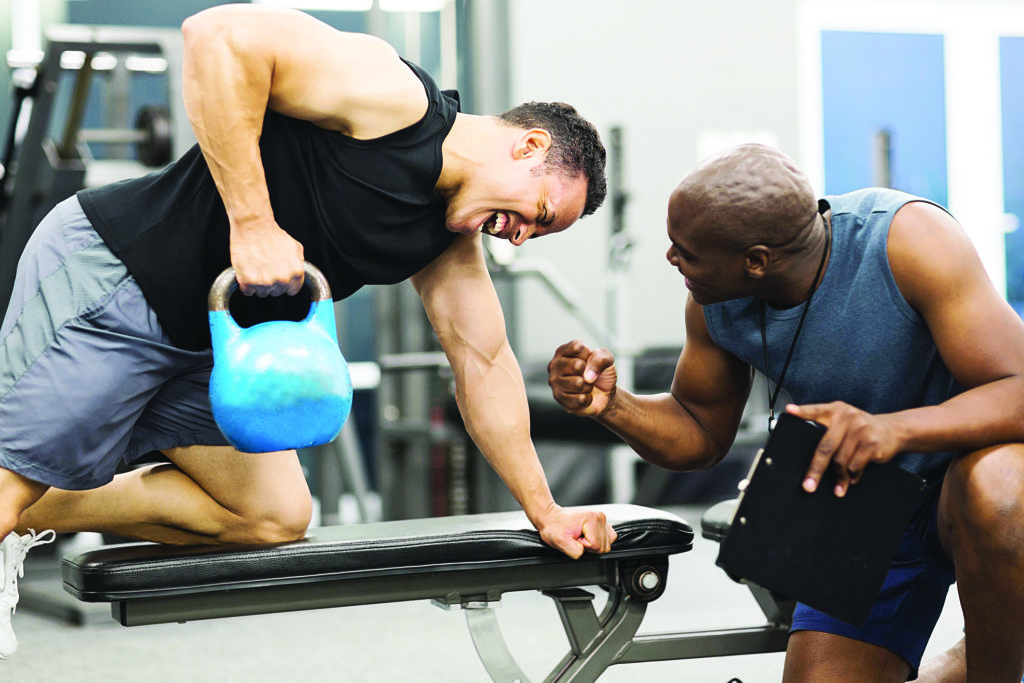


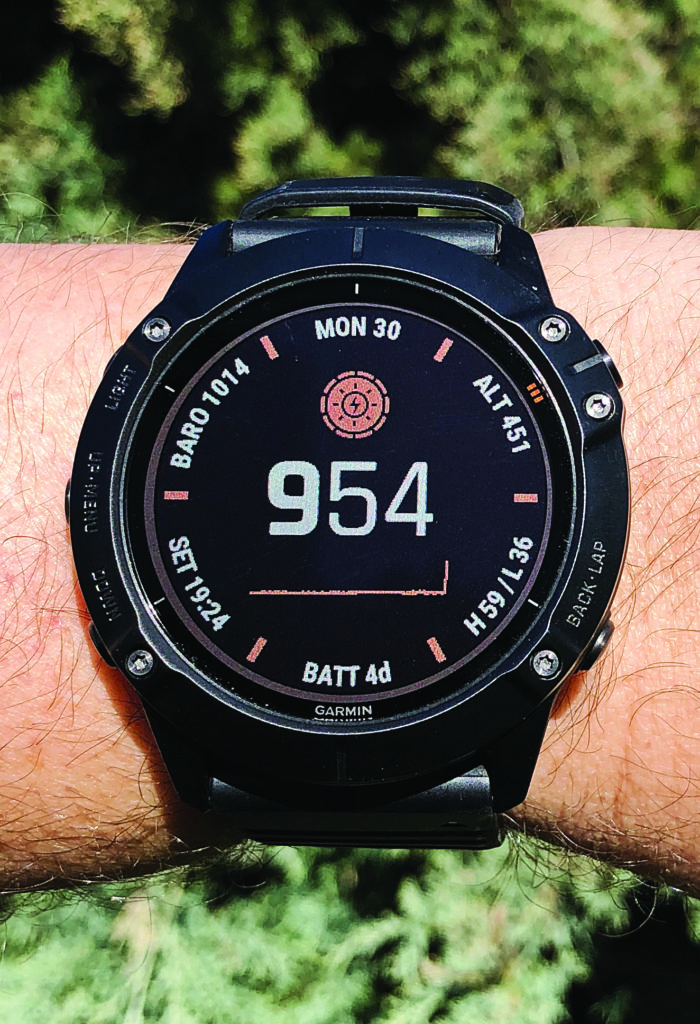

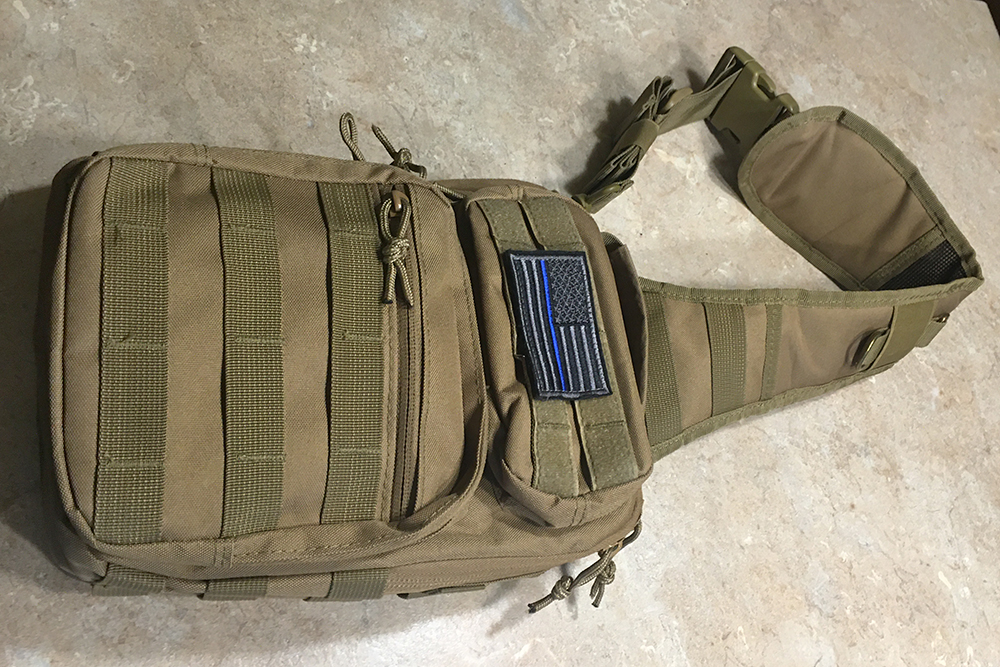
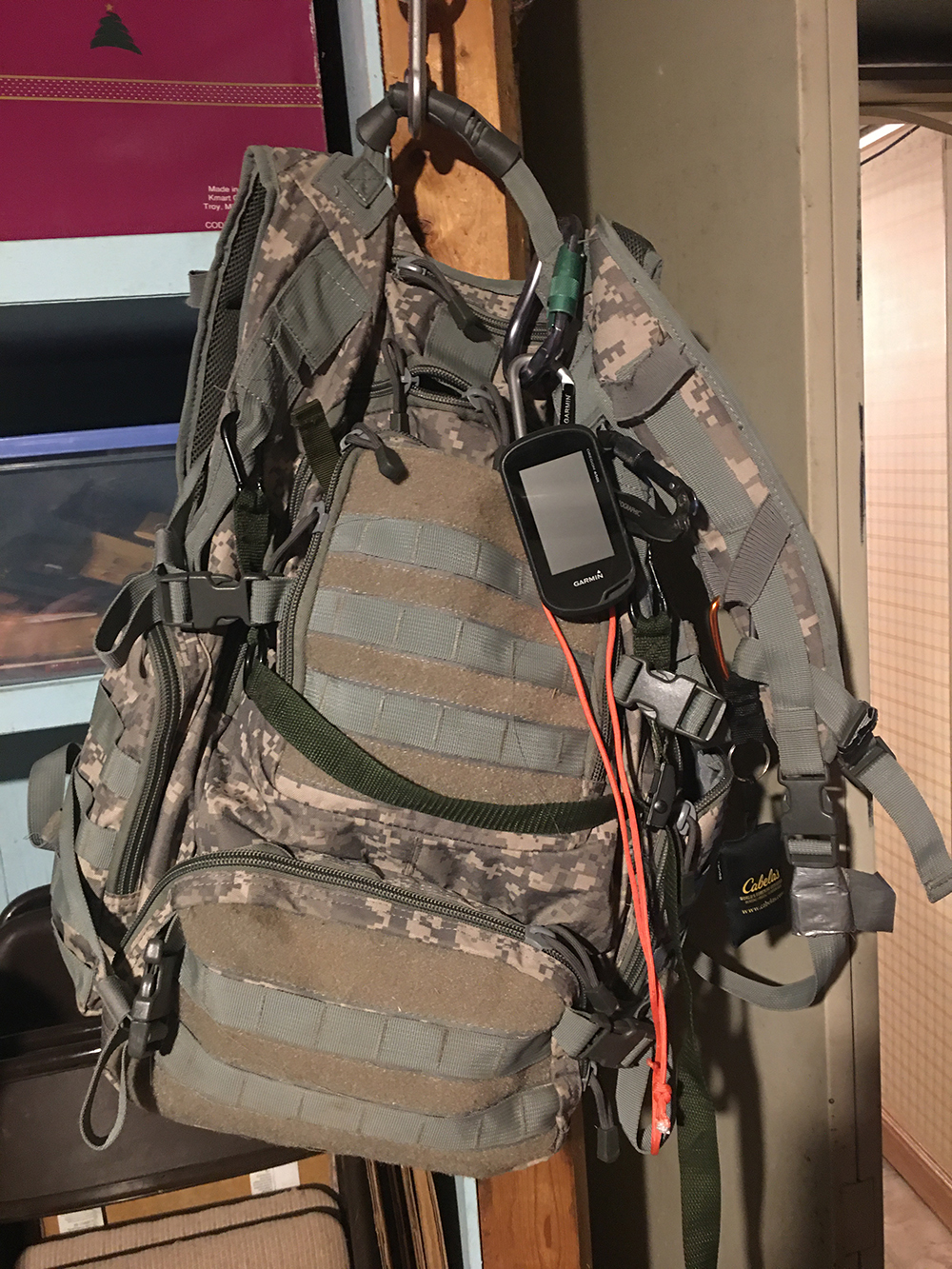

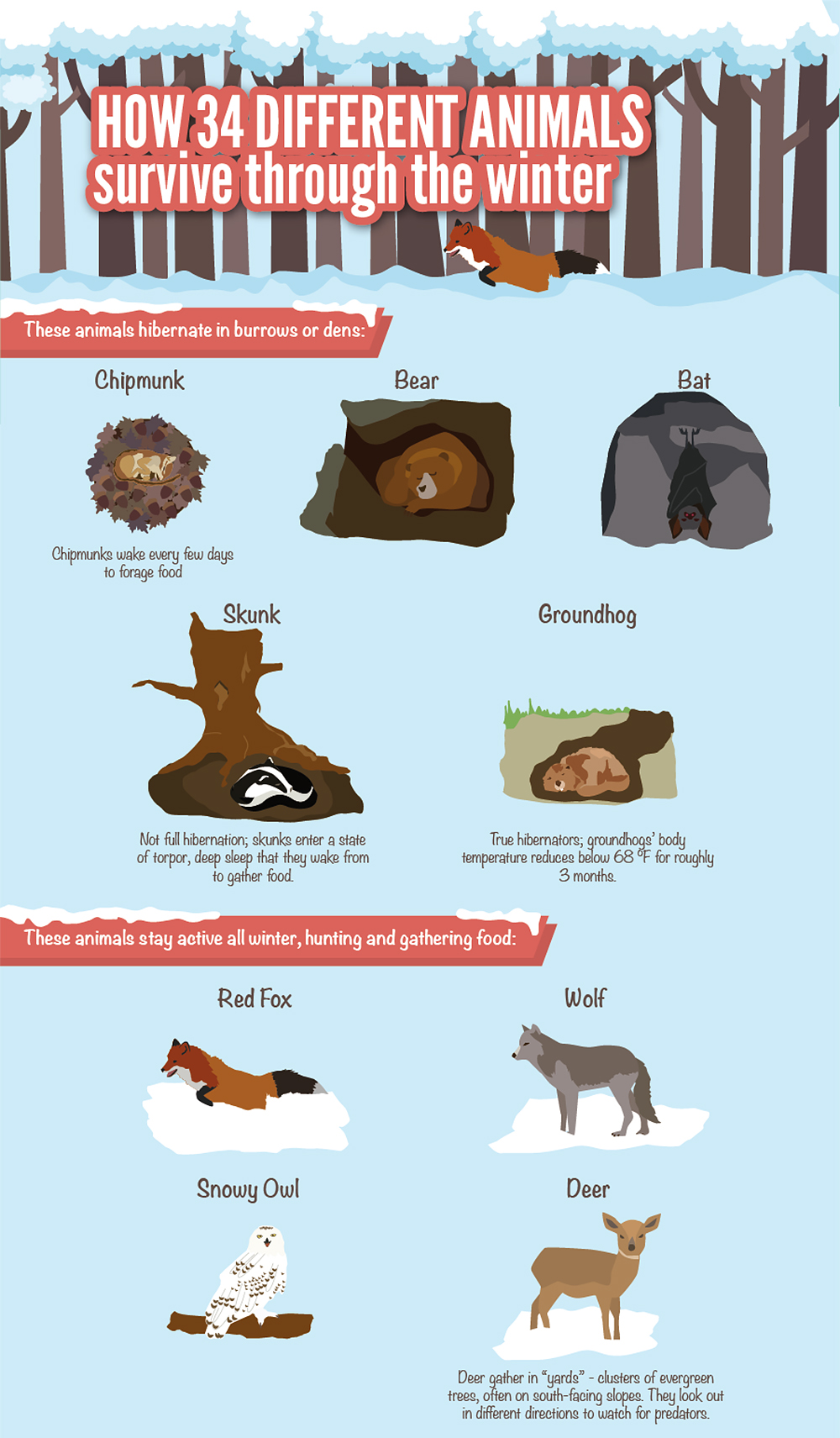


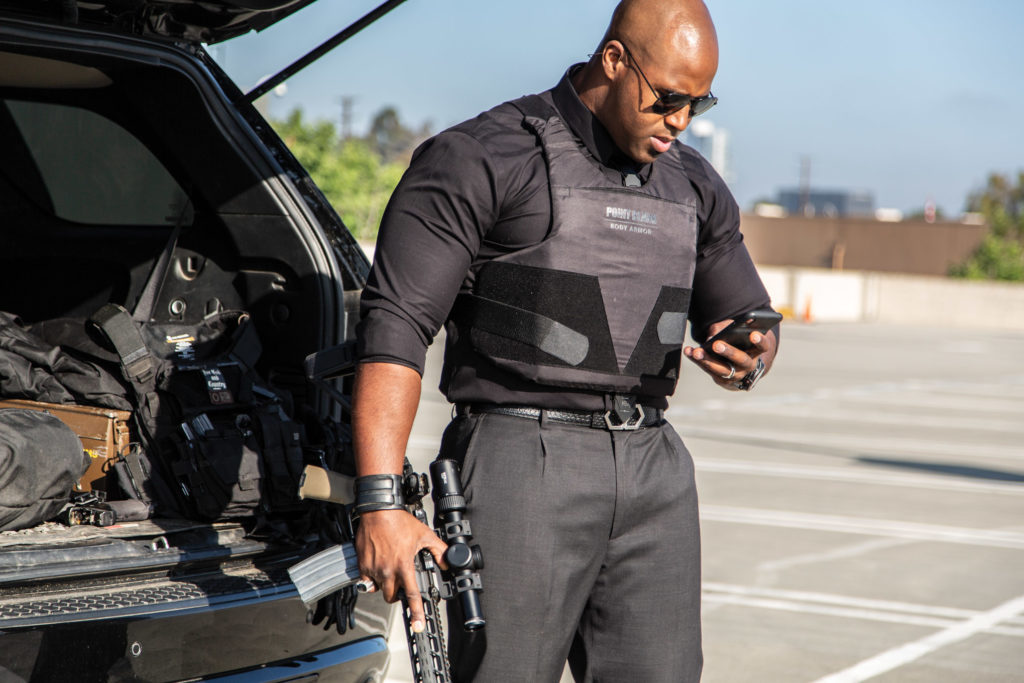

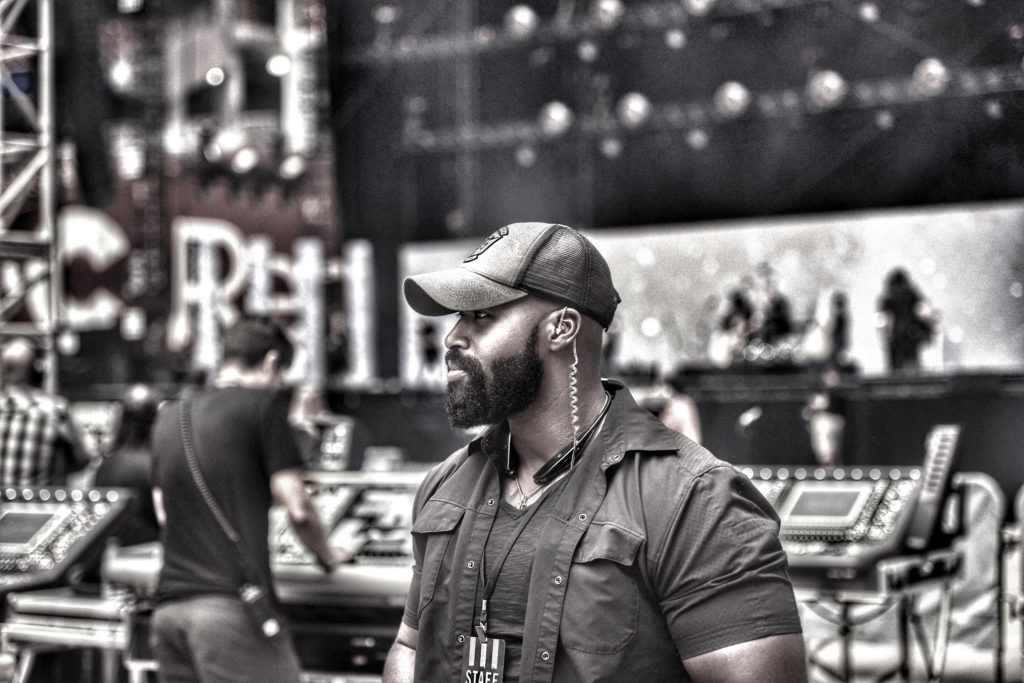

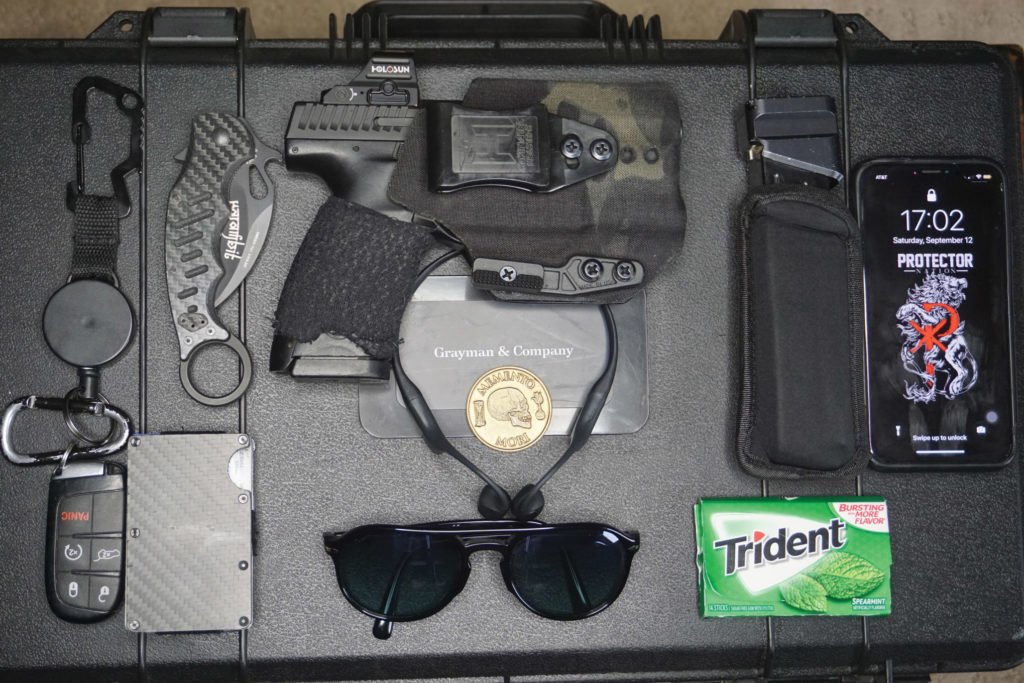
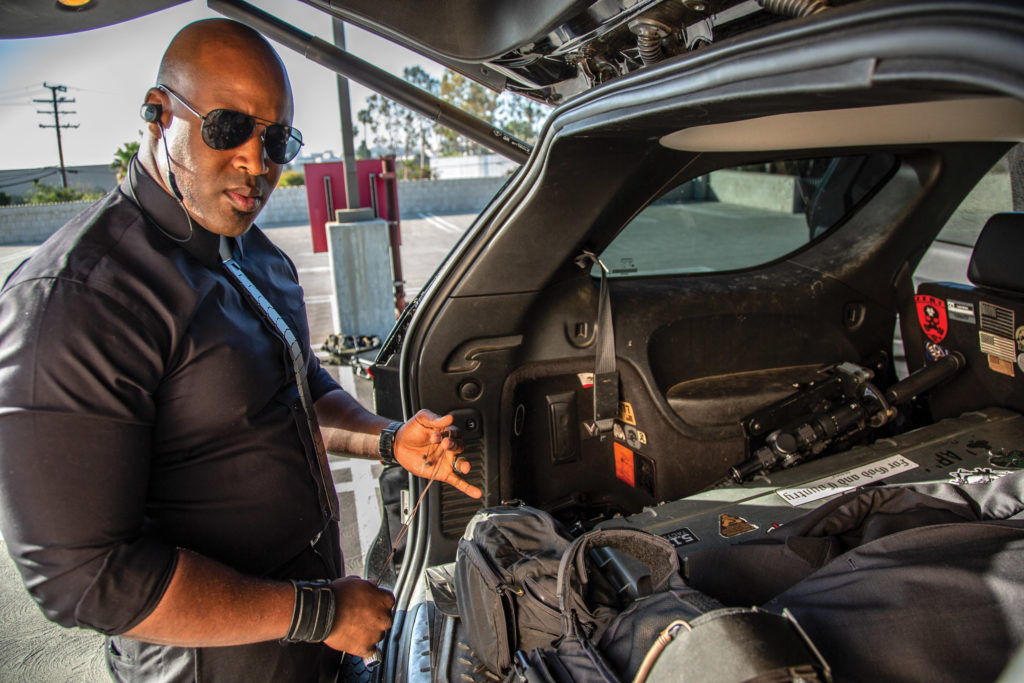
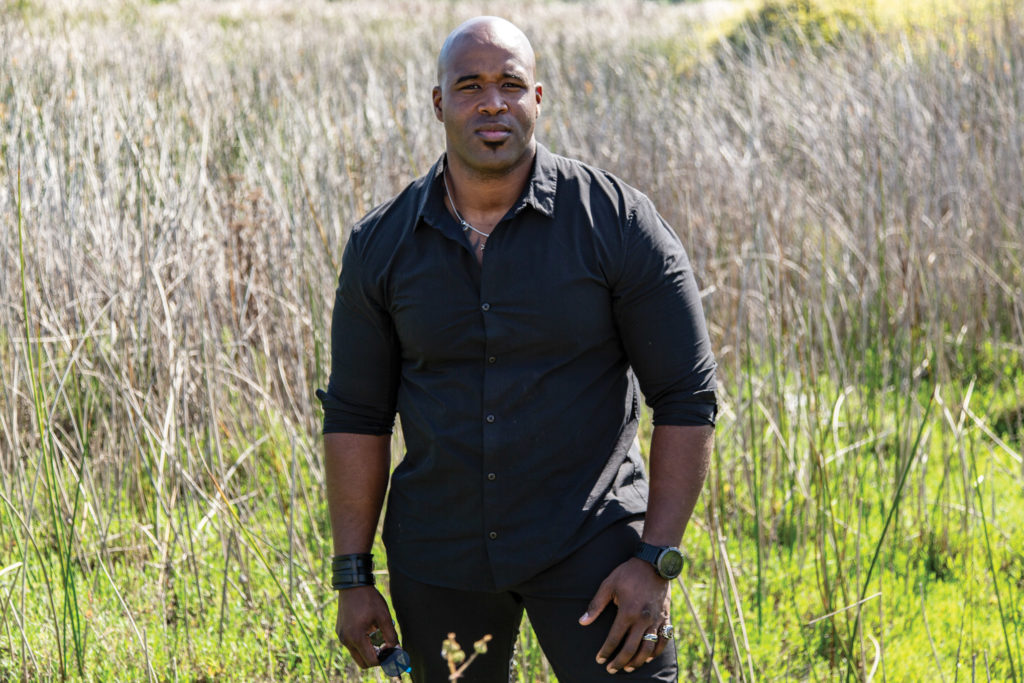
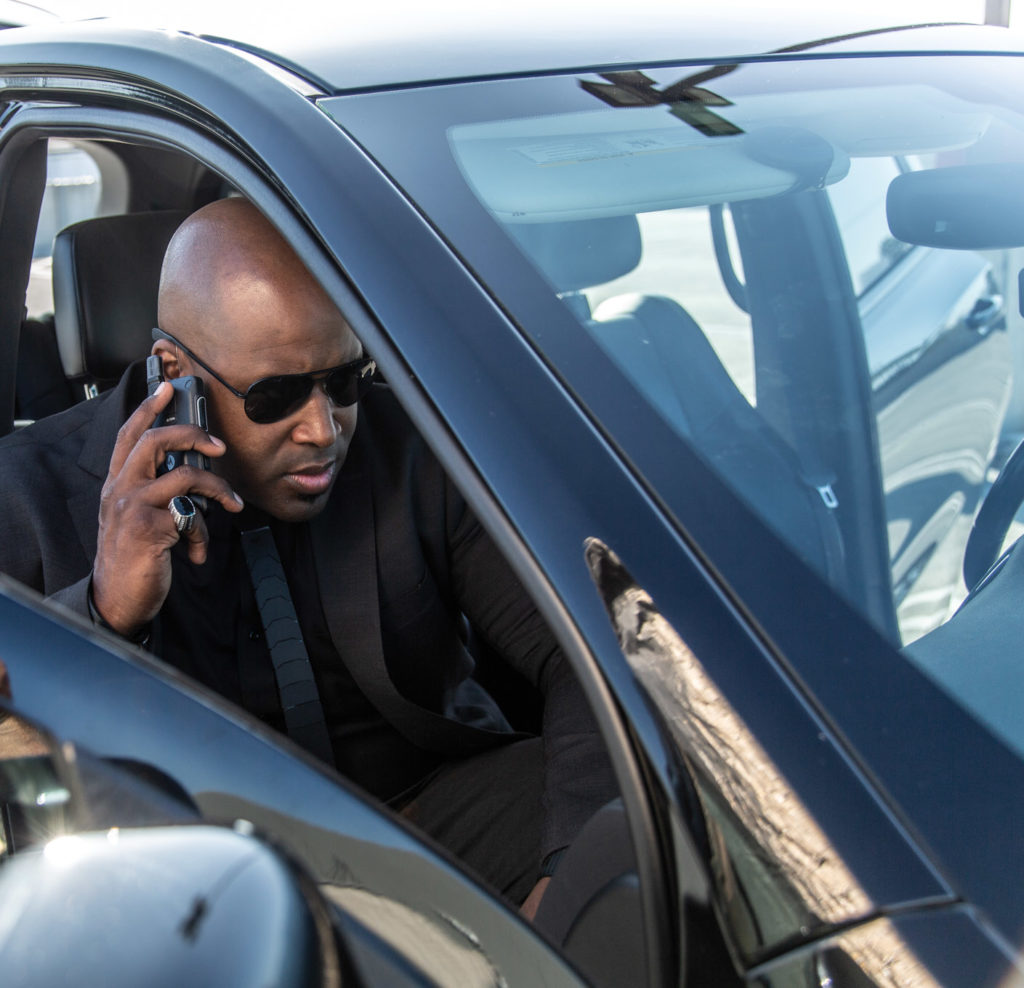
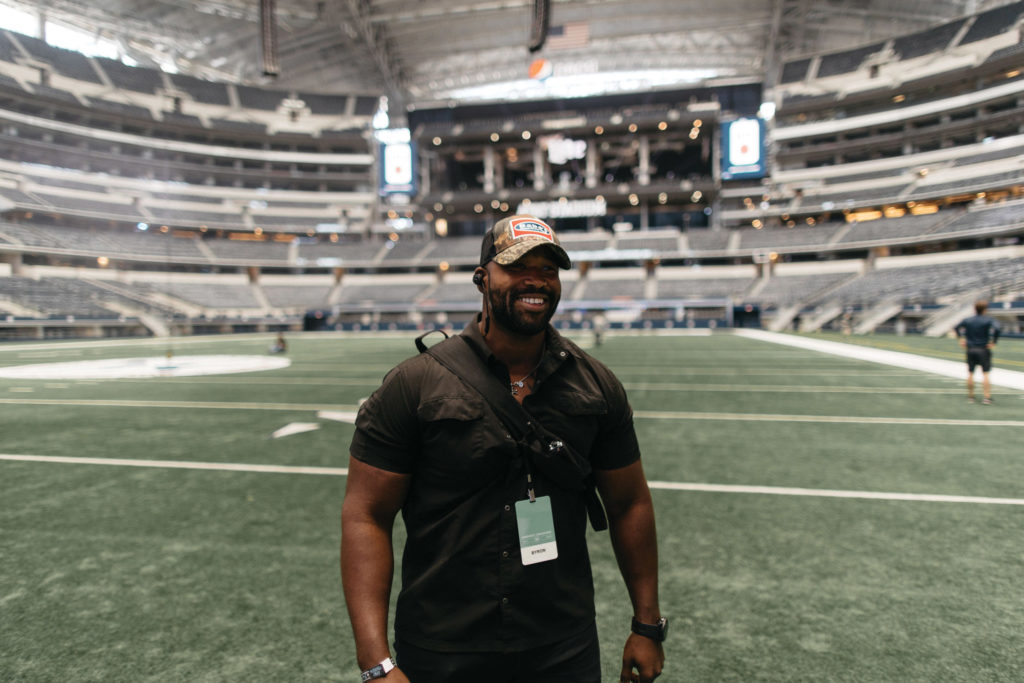

 AHMESH ADALJA
AHMESH ADALJA ERIC DIETZ
ERIC DIETZ TIM FRAZIER
TIM FRAZIER ROBERT QUIGLEY
ROBERT QUIGLEY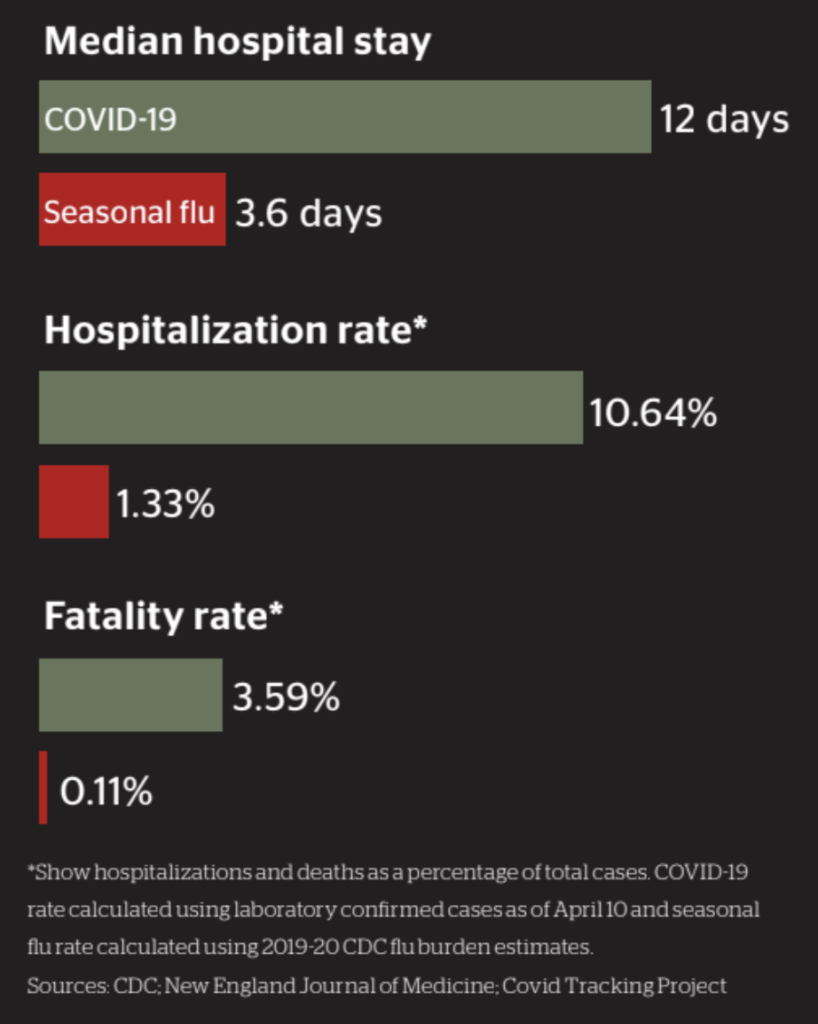
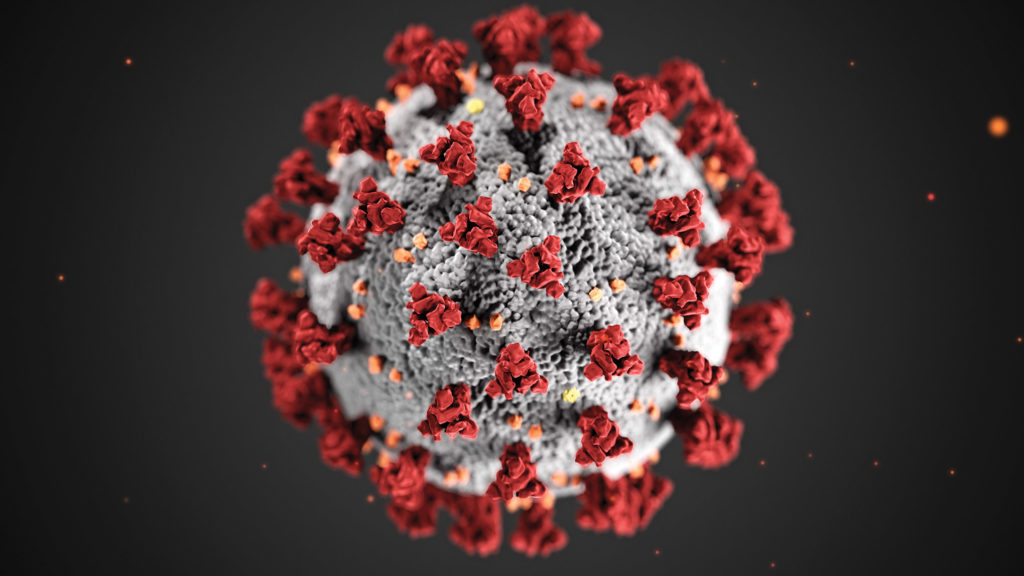
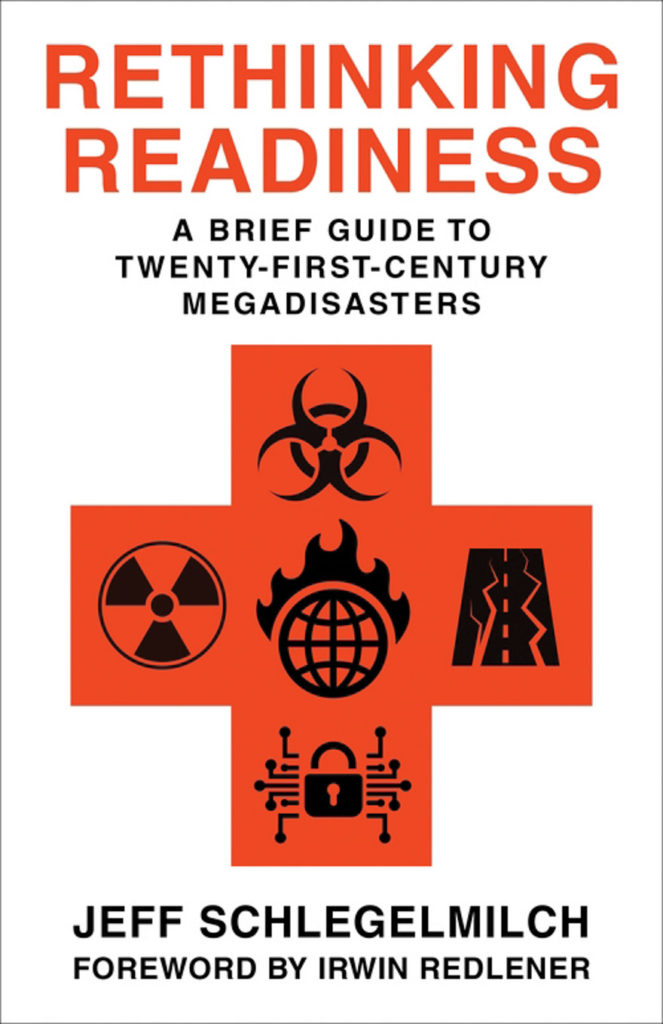














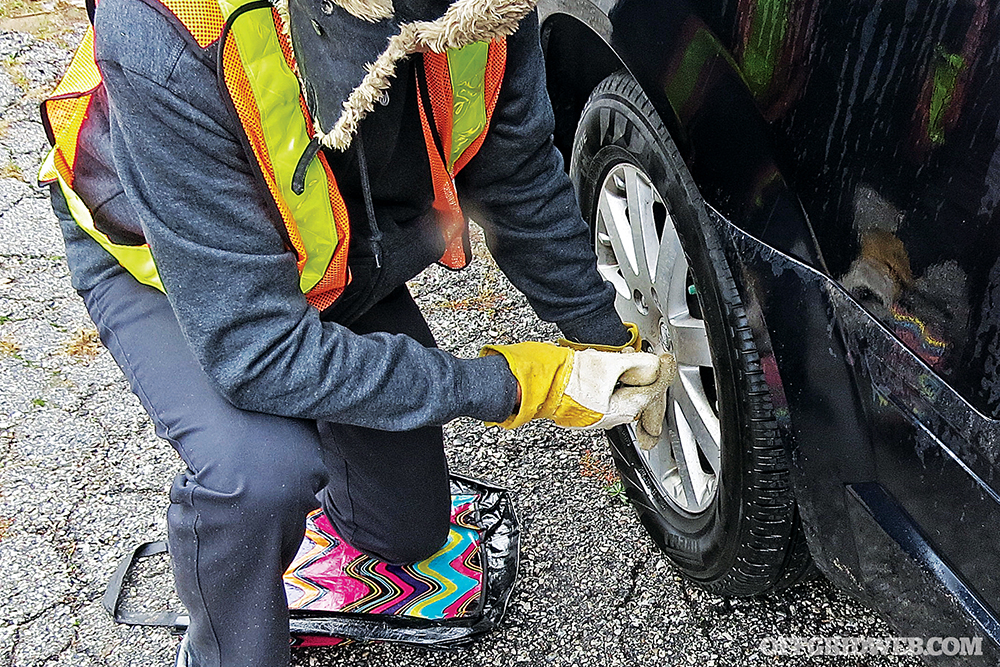


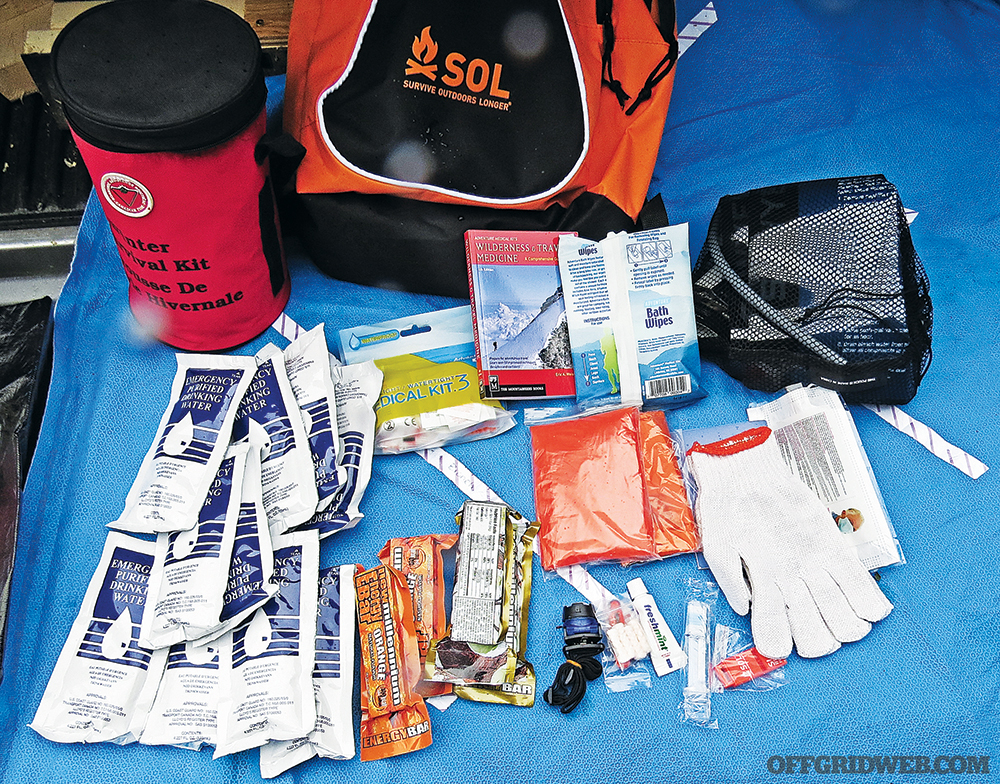



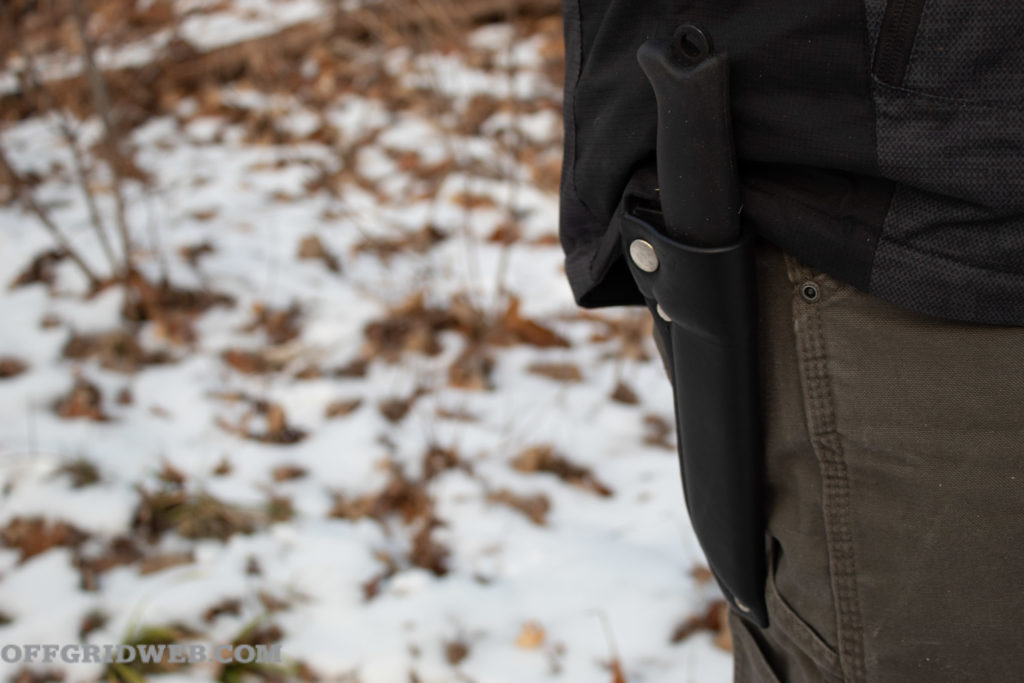
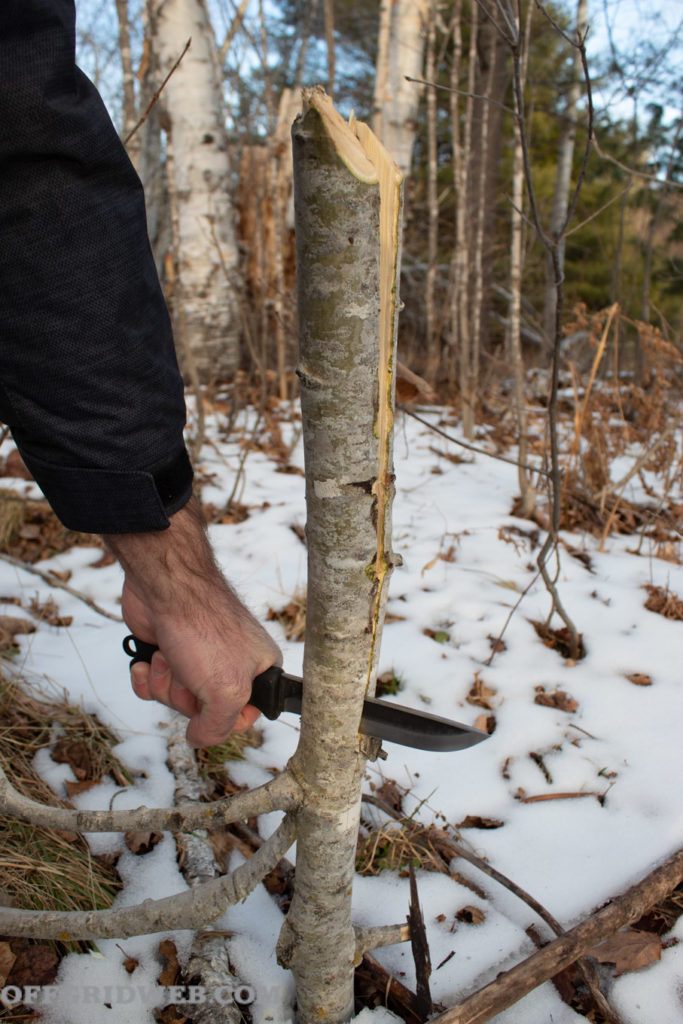

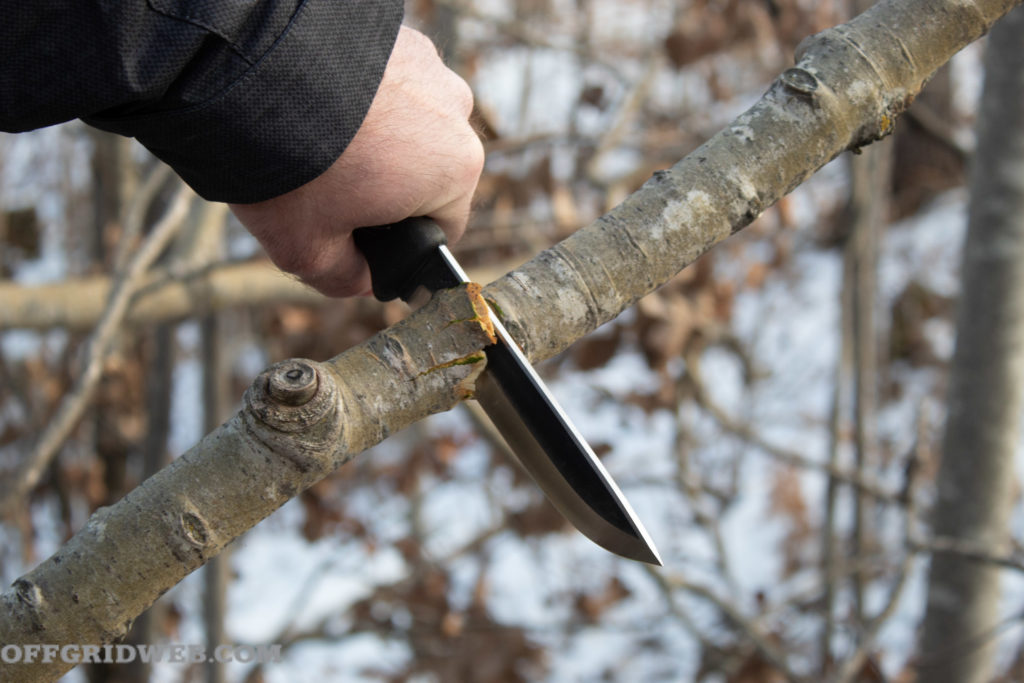
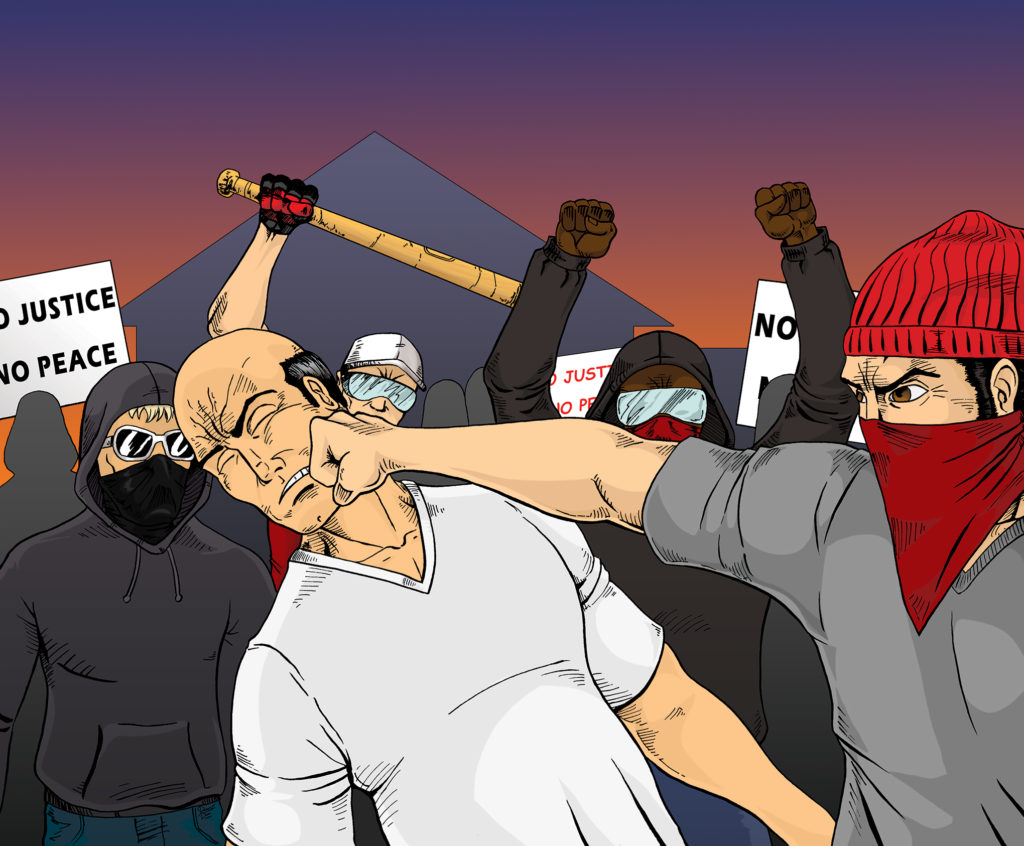

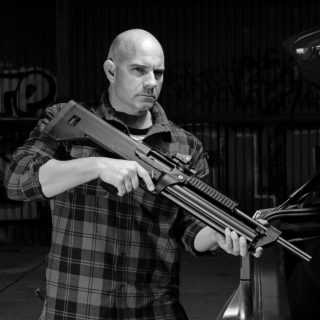 Chad McBroom is a 24-year veteran law enforcement officer with most of his time spent in the tactical unit. He’s spent over 30 years studying various combative systems and focuses on the science of close combat. Chad is the owner of Comprehensive Fighting Systems, and offers training in empty-hand tactics, edged weapons, impact weapons, and firearms tactics. He’s also a regular contributor to RECOIL. Check out more at
Chad McBroom is a 24-year veteran law enforcement officer with most of his time spent in the tactical unit. He’s spent over 30 years studying various combative systems and focuses on the science of close combat. Chad is the owner of Comprehensive Fighting Systems, and offers training in empty-hand tactics, edged weapons, impact weapons, and firearms tactics. He’s also a regular contributor to RECOIL. Check out more at Jason Squires has been an attorney in Arizona for over 21 years. He has an emphasis on self-defense and firearms cases. During his off-time, he’s an avid three-gun competitor across the country. He’s also a collector of military firearms and vehicles. You can check out his practice at squireslawaz.com.
Jason Squires has been an attorney in Arizona for over 21 years. He has an emphasis on self-defense and firearms cases. During his off-time, he’s an avid three-gun competitor across the country. He’s also a collector of military firearms and vehicles. You can check out his practice at squireslawaz.com.